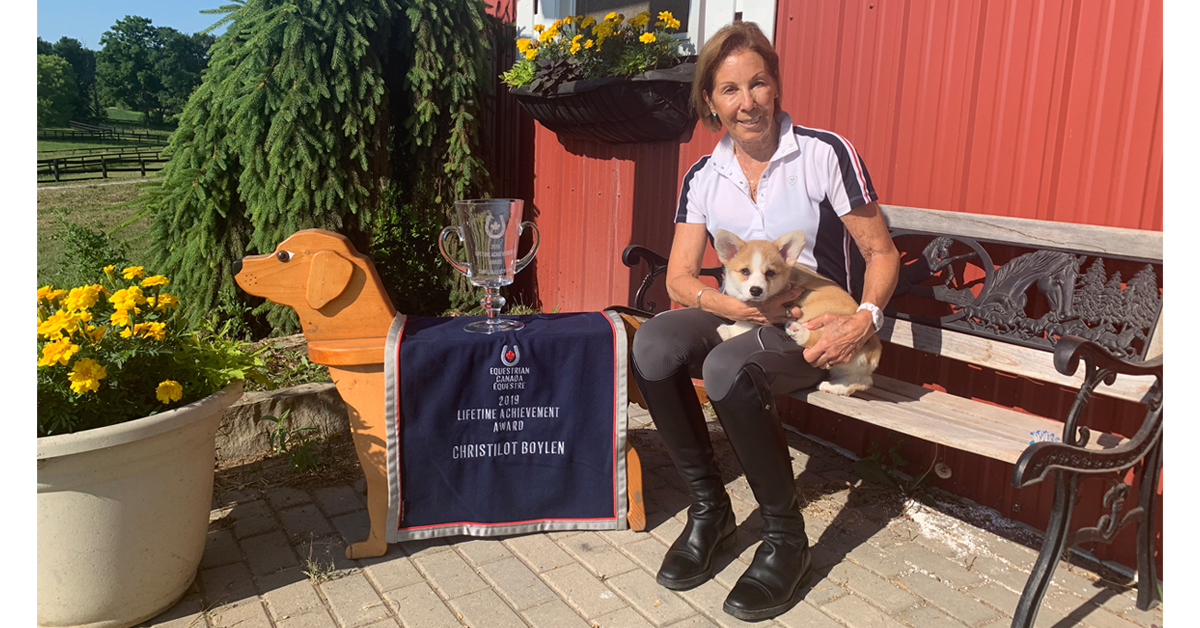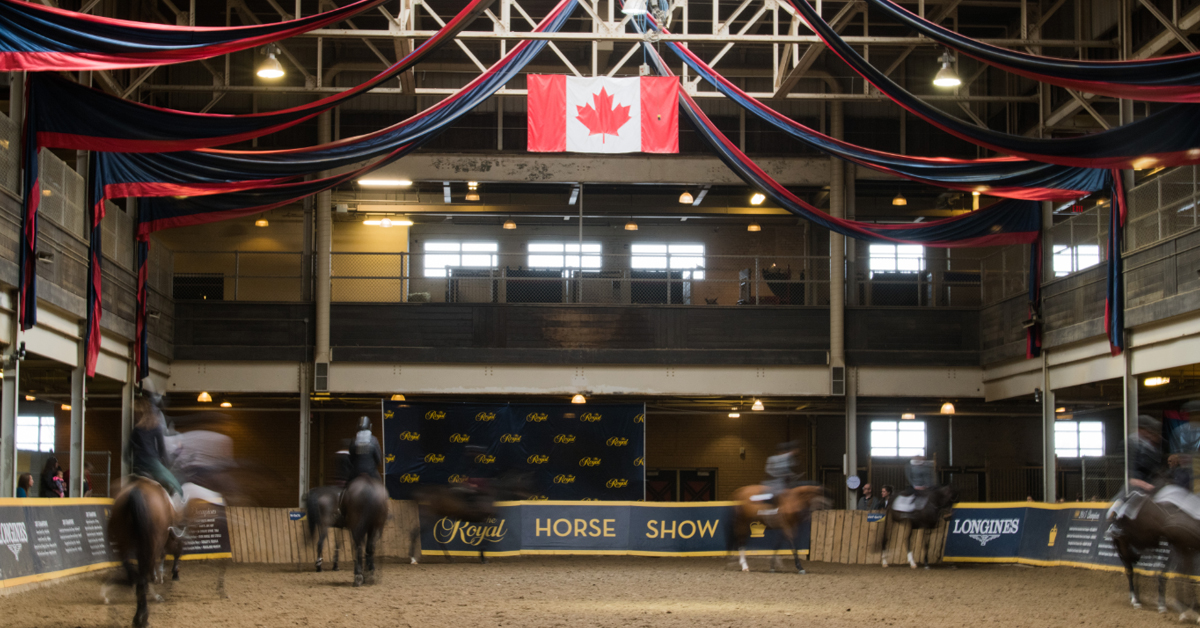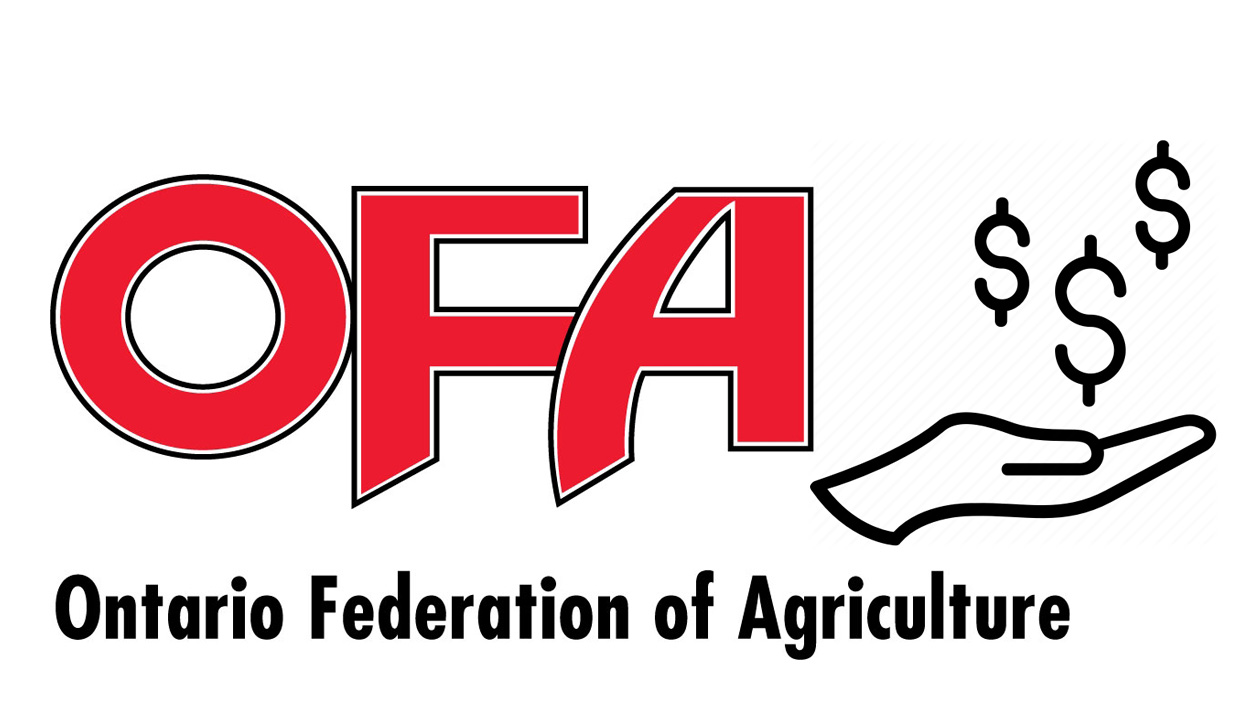With Equestrian Canada Board elections in full swing, Horse Sport thought now would be a good time to do a mid-year report card for our national federation.
FINANCES
Background: On June 22 EC issued a financial update noting that EC is on track to meet its approved budget which included a $483,000 deficit to the restricted fund (restricted funds are monies raised by disciplines that are to be allocated by those sports for specific programs).
This will be the second massive deficit for this account since Havaris became CEO. In 2015 there was a $467,766 deficit which was the highest ever recorded by the federation, and 50% higher than the last recorded deficit in 2009.
The lack of financial information was the major concern cited by the four board members when they resigned earlier this year. In addition, EC’s own jumping committee (aka Jump Canada) and eventing committee (aka Canadian Eventing Committee) both said they have serious concerns about the lack of financial information they’ve received from EC.
Previously, the discipline committees were kept apprised of all financial activity pertaining to their discipline, but the position of the existing board and CEO is that EC is technically only required to disclose its Financial Statements to the board, not the disciplines. At the spring convention, however, Havaris noted during the voting members meeting that the financial information was completed and would be provided to the disciplines, but neither committee has received those details to date.
Grade: D
The only good news that prevents a failing grade is that EC is on track to meet the budget that was approved by the board who’s role is to ensure that the federation is fiscally sound. However, a third of the board resigned over the information they had been provided just a short while ago and no real updates have been given to committees since.
The biggest concern is that EC has been on a spending spree on travel, marketing, and swag with little purpose or financial gain and to the detriment of the athletes it is meant to serve. Another concern is that EC may have started to charge new administrative expenses to the restricted funds that weren’t approved by committees. Havaris has advised the disciplines that this is not the case, but no supporting documents have been produced to confirm.
PROVINCES
Background: The provinces and EC have an on-again off-again relationship which is currently somewhere in the middle. EC has a Memorandum of Understanding (MOU) with the provinces that outlines which services each party is to deliver. Not all the provinces are satisfied with the contract, however, and the AEF, MHC, and OEF each wrote a letter to EC outlining their various concerns. By contrast, the BCHC remains very supportive of EC’s efforts while Quebec has remained neutral. The smaller provinces often feel pressure to support EC as they don’t have the resources necessary to argue and so don’t speak out.
Grade: C
The biggest complaint from the provinces is that EC is not accountable. Havaris has made several promises to the provinces over the last few years but has not delivered. Examples include:
- Athlete pathway – Probably the biggest complaint is that the provinces don’t have any tools to give riders so that they know how to advance. Provincial sport ministries are increasingly demanding that provinces justify their government funding by providing participants with a chart for progression up to the High Performance level where EC takes over. EC currently offers rider levels 1 through 10 but those stop at the 1.0m level and there is a significant gap to bridge between there and the 1.40m Young Riders level when the HP program starts.
EC has recently released the its Long Term Equestrian Development 2.0 which is a nice start, but there are significant gaps in detailing how riders are supposed to get from one level to the next. The provinces would like to offer a consistent program across the country but they need EC’s cooperation which has not been forthcoming. - Sport license integration – For better customer service, the provinces would like to offer their members the option of purchasing EC sport license with their provincial membership in one-stop shopping rather than members having to purchase them separately through EC.
- Officials task force update – The industry is losing officials and new ones need to be recruited to fill that void. EC was supposed to strike a task force to look into the matter, but no updates have been provided.
- Finances – Provinces would like a breakdown of fees for services rendered.
Of concern is that Havaris refuses to have minutes taken during the meetings with the provinces which means no action items that can be followed-up. This tactic hampers productivity and prevents accountability, but it is also very troublesome because article 21 (1) A of Canada’s Not-For-Profit Act requires that EC maintain minutes and resolutions of all committee meetings.
SPORTS
Background: The eventers and the jumpers have been the most vocal and famously wrote public letters detailing their lack of confidence in the leadership, and nothing much has changed since.
The eventers recently got a budget to work with, which Lesley Grant-Law discusses in a recent blog post. It’s not much money and not enough for them to hire a full-time chef d’equipe so it will be up to the HP committee to develop a short and long-term plan to see the team through the next quadrennial. The good news is that they have been able to secure David O’Connor for some training sessions and limited help leading up to WEG, but his time is otherwise committed to an American owner.
In addition to continuing to press for financial information, the jumpers also disagree with the new wording in EC’s new Athlete Agreement. These agreements were changed without consultation or notice and some of the new parameters limit the role of the owners who resent the imposed limitations given the funds they’ve invested.
Riders that sign the agreement are eligible for support funding, but EC is holding back that money until they sign the document leaving the riders in a financially tight spot.
Overall the sports remain frustrated with EC’s new structure whereby office staff appear to be in charge. This was an issue that Terrance Millar spoke of when he resigned from the board saying, “In my opinion, the management is sidelining the disciplines from any meaningful authority over their own sports. It appears that the direction they are going is to run High Performance for the various sports directly from the EC office and I don’t think they have the knowledge, background, skill set, or capacity to do so.”
One such example is the recent announcement that the chair of the volunteer National Coaching Committee is full-time staffer Kalie McKenna, EC’s Director of Technical Development.
Grade: D
The only obvious evidence of progress in terms of sport is EC’s new concussion protocol. While not everyone is thrilled with the current version, it is an excellent start and continues to be a work in progress. Overall, our athletes continue to excel despite the lack of support or consideration from the federation.
VOTERS
Background: The voters first met last year and have been struggling ever since with their role in the organization. As the direct representatives of 90,000 members, they feel that the board isn’t giving enough consideration to their concerns. Their biggest issue, which has been almost the entire discussions over the last year, are their Terms of Reference. The TOR essentially limits their contribution to voting on the board and any issues at the AGM. They can provide input to the board, but the board has veto power and they have been exercising that liberally.
Those that do speak-up complain about the lack of guidance, support, and tools they’ve received. EC didn’t give them any direction on how they might conduct themselves, any suggested changes for improvement have been rejected by the board, and they don’t have a formal mechanism to communicate with the registered participants they are meant to represent.
Grade: F
The volunteers are doing the best they can under trying circumstances, but the federation has failed to support, communicate, or compromise with them. They have recently been presented with a slate of candidates for EC’s board and will vote on August 3rd with results announced August 24th.
OVERALL: F
The federation is in crisis and the national morale has never been lower. Almost all progressive industry activity has ceased and remains in a holding pattern as committees and voters wait to see the result of the board elections and what changes might be implemented. Why waste energy arguing now when the new board may be more inclined to support the industry? The industry is desperate for a new board that is willing to listen, cooperate, and communicate with the industry and also has the fortitude, experience, and time to commit to getting EC back on track.
More from Horse Sport:





